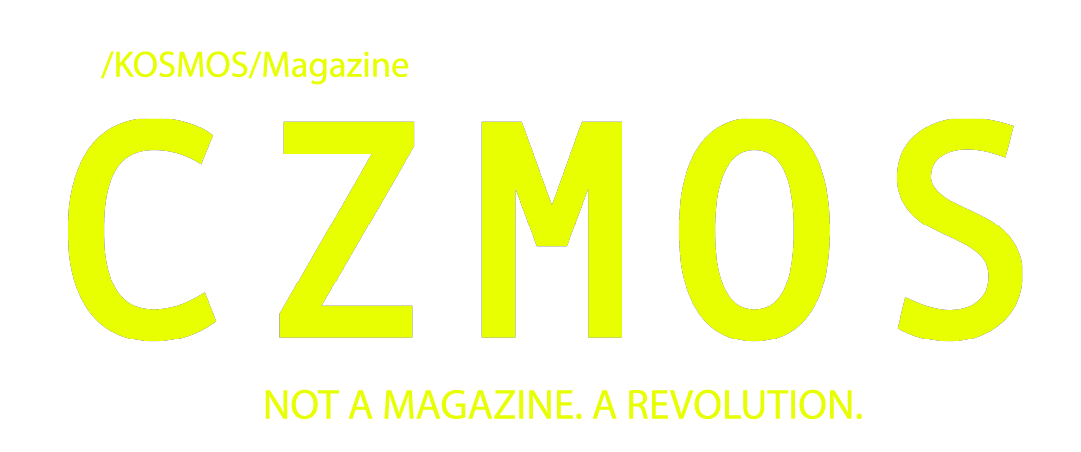ART IS METAMORPHOSIS. ALWAYS.
- Teresa Perri

- Sep 25
- 2 min read
Art is the language humanity has known since the dawn of time. Its origins go back thousands of years, to prehistoric ages. In the beginning, it wasn’t a fresco or a sculpture, but pieces of raw stone chipped and shaped with skill by our ancestors. On the walls of caves in France and Spain, the first descendants began creating cave paintings in places like Lascaux and Altamira.
IN THOSE PRIMORDIAL FORMS, ART WAS SURVIVAL: A RAW GESTURE TO WITHSTAND THE OUTSIDE WORLD AND BOND WITH IT.

Art is born as survival. It is ritual. It is connection.
From the Neolithic age, humanity moved beyond carvings and rituals, starting to draw geometric and abstract symbols on the walls. The first sculptures also appeared, directly linked to the significance of fertility and nature. A well-known example of this phase is the Venus of Willendorf, a small female figurine that emphasizes curves and fullness, exalting femininity. A SMALL BODY, YET AN IMMENSE SYMBOL: FEMININITY AS A PRIMORDIAL, FERTILE, UNTAMABLE FORCE.
Moreover, art is also a means to express what cannot be said in words.As civilizations became ancient, art also served to record events and better materialize their identity. Egyptian art, in turn, had one great aim: to defeat death in all its manifestations. Every pyramid, every stele, every statue, and even mosaics in tombs were manifestos of immortality.
FROM IDEAL BEAUTY TO POLITICAL POWER: ART BECOMES PROPAGANDA.
The Greeks, when it comes to art, sought to represent human perfection and harmony. They created more enveloping images, articulated in relief. In contrast to the rigidity of the Egyptians, the Greeks focused on the human body. They sculpted not on the scale of reality, but on what they desired it to be.
NOT A COPY OF THE WORLD, BUT ITS IDEAL VISION: ART AS THE PROJECTION OF HUMAN DESIRE.
The Romans inherited Greek art, but made it far more practical and less idealistic. Their art had a very precise aim: to celebrate the Empire and document its chronicles. Monumental art, such as the Trajan Column, was not only a tribute but a carved historical document narrating military campaigns to educate and motivate citizens.
After the fall of the Roman Empire, with the rise of Christianity, art once again changed radically. Its main objective was the spread of Christian doctrine and the education of the faithful, most of whom could not read. Through frescoes, mosaics, sculptures, and stained glass, the Church told stories from the Bible, the lives and legends of the saints, and its own teachings, making them accessible to all.
TODAY, ART DOES NOT CONSOLE. IT PROVOKES. IT DISMANTLES. IT AWAKENS.
In the 21st century, art has broken through its boundaries. Pop Art blurred the line between art for the elite and popular culture. Conceptual Art changed the rules: no longer the object, but the idea at the center. Today, art is omnipresent, fluid, elusive. It manifests in installations, performances, video art, and street art. There is no longer a universal beauty to pursue: there is the need for thought, confrontation, rupture.
Contemporary art does not want to please. It wants to provoke. It wants to unsettle. It wants to awaken.











Comments